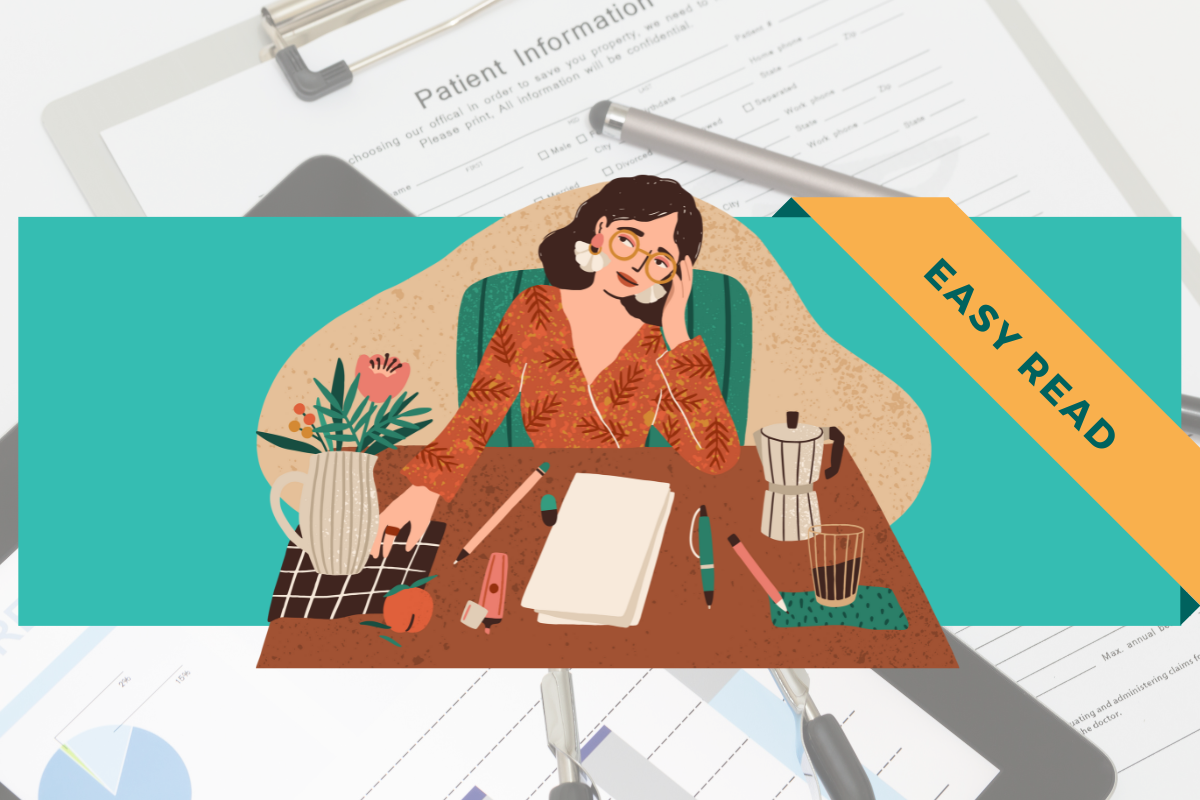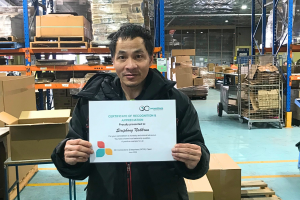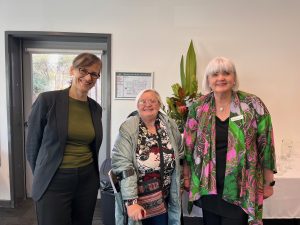
80% of autistic women don't have an autism diagnosis.

Women and girls are speaking out about diagnosis and how medical support would better their lives.
They are changing what autism means, so we can build a more inclusive community where everyone gets the help they need.
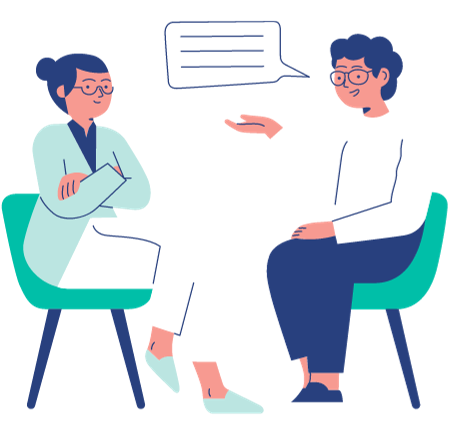
Autistic traits differ from person to person and we are always learning more about autism.
Many women and girls experience push back from doctors when they ask for an autism assessment.

They’re told that they’re “too social” or “too independent” to be autistic.
The way autism is currently diagnosed is based on traits shown by young autistic boys, but women and girls can experience autism differently.
Why are autistic women and girls often misdiagnosed?
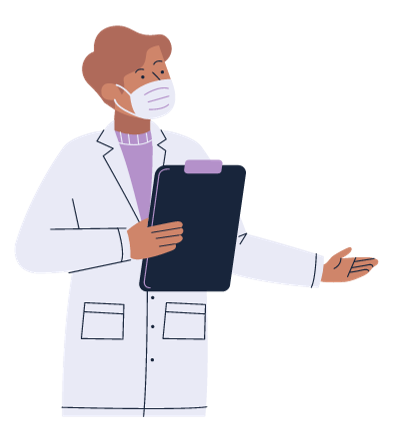
Medical Misogyny
Medical misogyny is a term used to explain the unfair treatment of women and girls when seeking healthcare.
For example: a woman who is feeling unwell asks a doctor for help, but the doctor thinks she is lying or making it sound worse than it is.
Though the medical industry has gotten better in recent years, some doctors still dismiss and minimise women’s medical concerns.
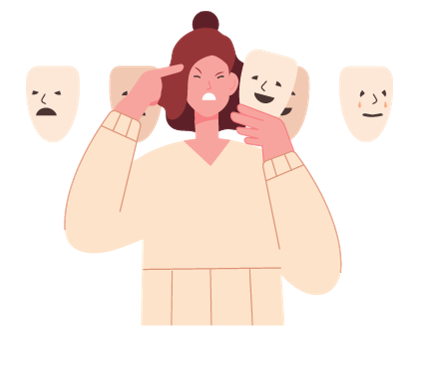
Camouflaging / Masking
An autistic person’s ability to camouflage and hide their autistic traits can make it hard to diagnose them.
Masking is a reaction to being misunderstood or bullied for being different. Women and girls are more likely to camouflage or mask their autistic traits without realising.
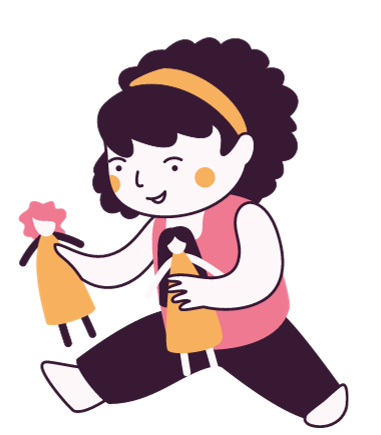
Gendered Socialisation
Women and girls are also more likely to have special interests that fit with gender stereotypes.
For example, young autistic girls may love playing with dolls, but because it’s a gender stereotype, it’s not considered a special interest.

Co-morbidity
Growing up autistic in a neurotypical world can be traumatising and may lead to mental health issues, such as depression.
Sometimes, when symptoms of depression or anxiety are noticed, it can be hard for medical professionals to see what’s underneath.
This means that depression becomes the main diagnosis and the autistic traits are forgotten about.
How do we make autism diagnoses more accessible?
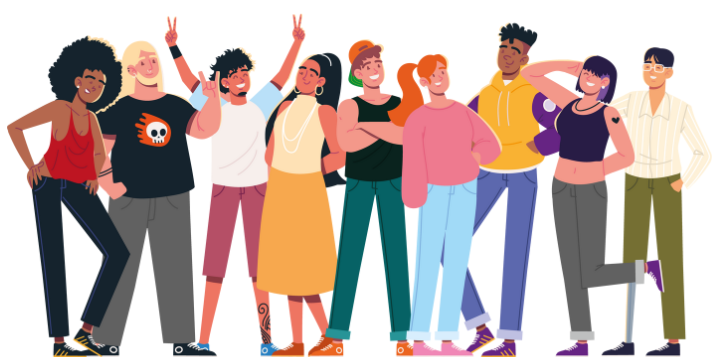
The idea of how an autistic person “looks” needs to change.
Diagnostic criteria needs to include all types of varying autistic traits.

Research needs to include more women and gender-diverse people.
Short-term and long-term studies need to be conducted by, for and with autistic women and gender-diverse people.
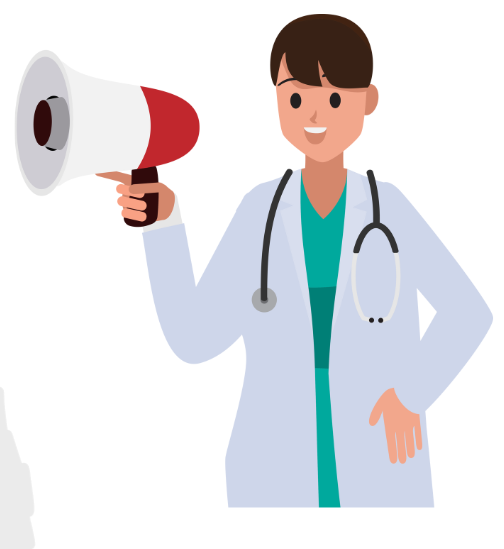
Medical professionals need to learn more about neurodiversity and how it has grown over the years.
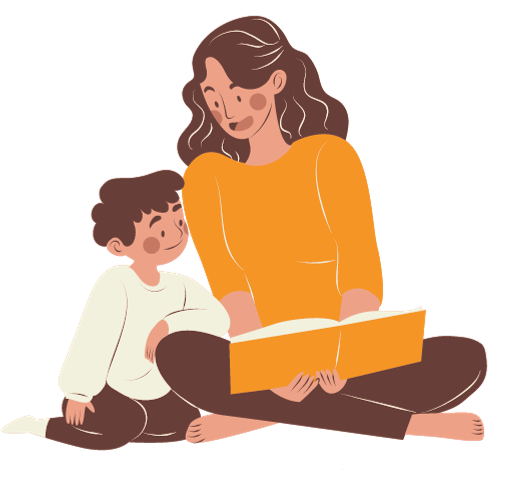
The average age for women to get diagnosed with autism is mid-30s.
Schools and families need more tools to help observe and talk about neurodiversity, so that autistic people get help sooner.
The future for autistic women and girls
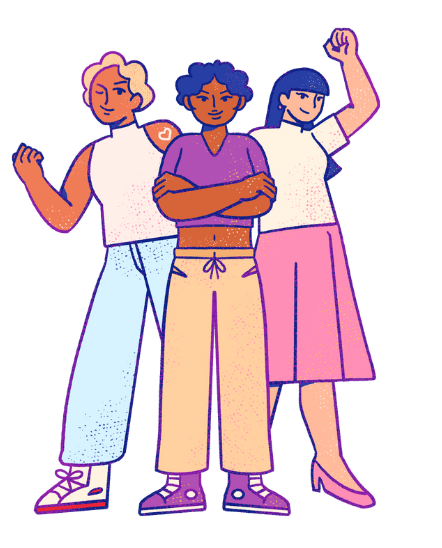
Receiving an autism diagnosis can be life-changing.
Many women and girls understand themselves better after diagnosis and feel empowered.
They have a better quality of life because they can seek the support they need.
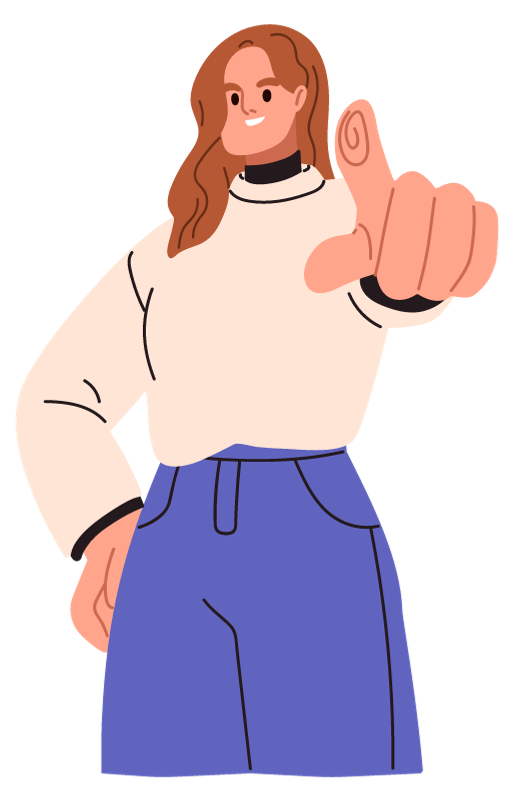
How did receiving a diagnosis change your life?
Let’s pave the way for stronger understanding and accessibility in neurodiverse healthcare.
